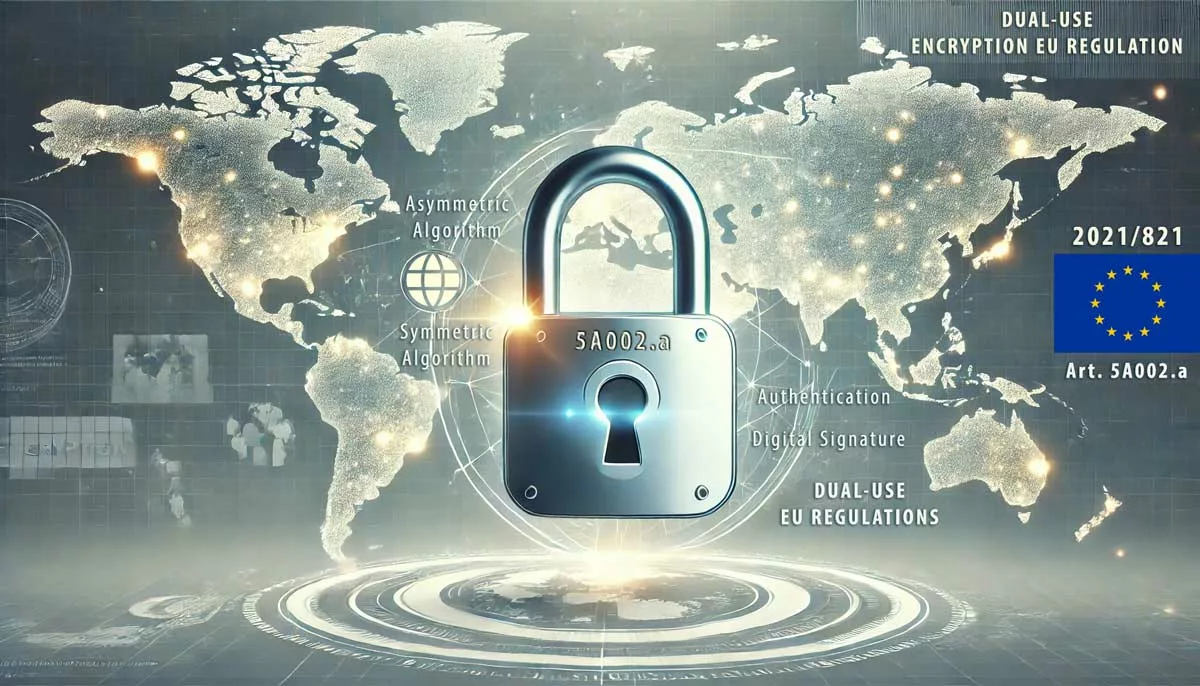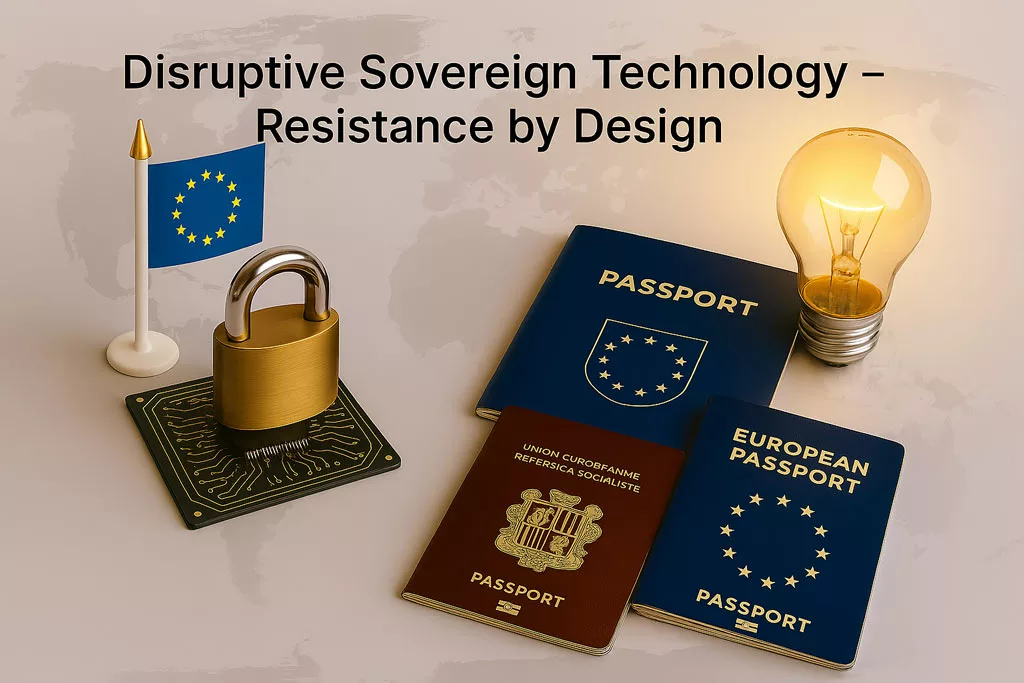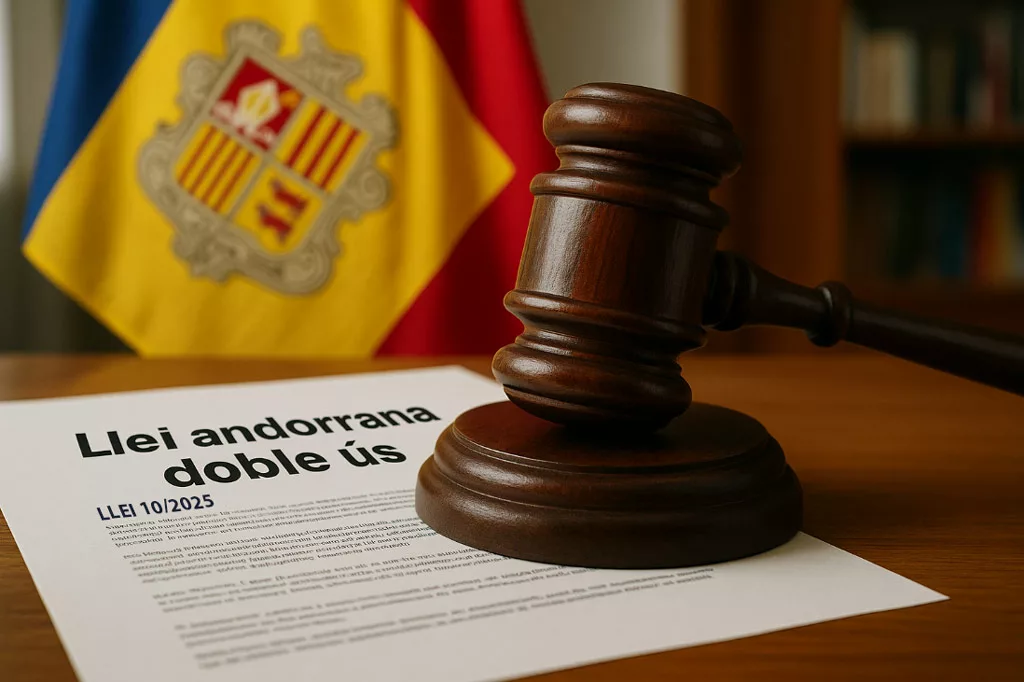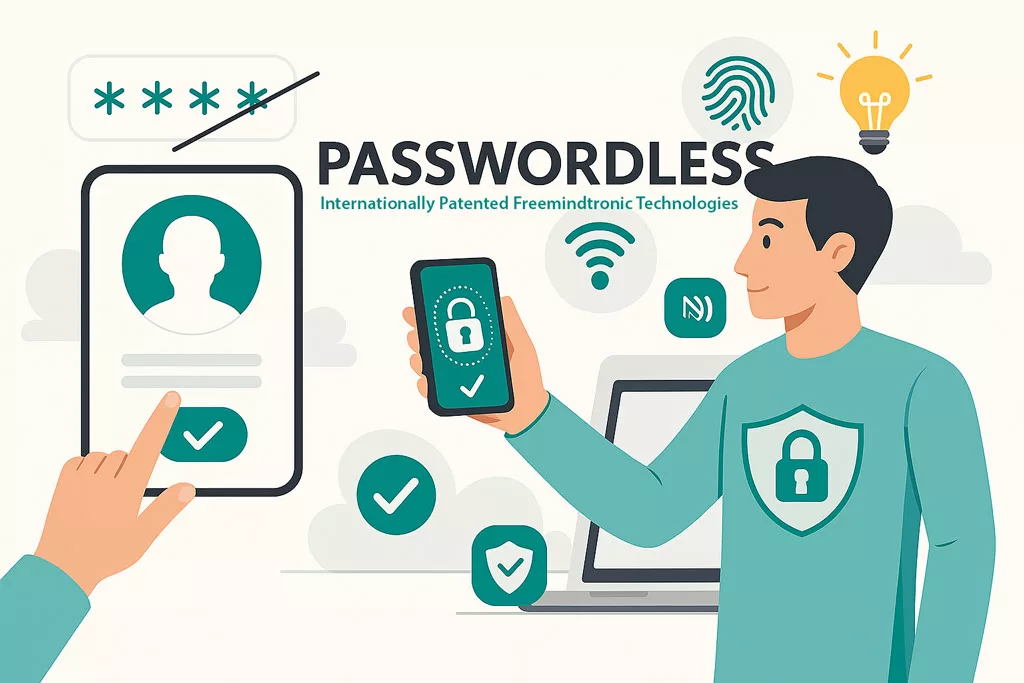Understanding Encryption Dual-Use Regulation under EU Regulation 2021/821
Encryption dual-use regulation directly impacts companies working with cryptography. EU Regulation 2021/821 sets clear legal obligations for exporting encryption technologies that could be used in both military and civilian contexts. This article breaks down essential compliance requirements, highlights the risks of non-compliance, and examines opportunities for innovation.
Legal Framework and Key Terminology in Encryption Dual-Use Regulation
Definition of Dual-Use Encryption under EU Regulation
Under EU Regulation 2021/821, encryption technologies are classified as dual-use items due to their potential applications in both civilian and military contexts. Key terms such as “cryptography,” “asymmetric algorithm,” and “symmetric algorithm” are essential for understanding how these regulations impact your business. For example, an asymmetric algorithm like RSA involves different keys for encryption and decryption, which affects export licensing.
Importance of Asymmetric and Symmetric Algorithms in Dual-Use Regulation
Both asymmetric and symmetric algorithms are integral to information security under encryption dual-use regulation. Asymmetric algorithms like RSA are commonly used in key management, while symmetric algorithms, such as AES, ensure data confidentiality by using the same key for both encryption and decryption.
Cryptography: Principles, Exclusions, and Dual-Use Compliance
Cryptography plays a vital role in data protection by transforming information to prevent unauthorized access or modification. According to the regulation, cryptography excludes certain data compression and coding techniques, focusing instead on the transformation of data using secret parameters or cryptographic keys.
Technical Notes:
- Secret Parameter: Refers to a constant or key not shared outside a specific group.
- Fixed: Describes algorithms that do not accept external parameters or allow user modification.
Quantum Cryptography and Emerging Innovations in Dual-Use Regulation
Quantum cryptography is an emerging field that significantly impacts encryption dual-use regulation. By leveraging quantum properties, it allows for highly secure key sharing. However, this technology is still subject to the same stringent regulatory standards as traditional encryption methods.
Exporter Obligations: Compliance with Encryption Dual-Use Regulation and Penalties
Legal Requirements for Exporters
Under EU Regulation 2021/821, companies exporting encryption products must adhere to strict dual-use regulations. This includes obtaining an export license before transferring technologies covered by Article 5A002. Compliance involves a thorough product assessment, proper documentation, and ongoing vigilance to prevent misuse.
Risks of Non-Compliance
Failing to comply with encryption dual-use regulation can result in significant fines, legal action against company leaders, and damage to the company’s reputation. These risks highlight the importance of understanding and meeting all regulatory requirements.
Category 5, Part 2: Information Security Systems
Specifics of Systems under Article 5A002
Article 5A002 of EU Regulation 2021/821 covers a range of systems, equipment, and components critical to information security. Both asymmetric and symmetric cryptographic algorithms fall under this regulation, with specific requirements for export controls.
- Asymmetric Algorithm: Uses different keys for encryption and decryption, critical for key management.
- Symmetric Algorithm: Uses a single key for encryption and decryption, ensuring data security.
- Cryptography: Involves the secure transformation of data, with specific exclusions for certain techniques.
Technical Notes and Article 5A002.a Requirements
Article 5A002.a specifies that systems designed for “cryptography for data confidentiality” must meet particular criteria, especially when employing a “described security algorithm.” This includes various information security systems, digital communication equipment, and data storage or processing devices.
Technical Notes:
- Cryptography for Data Confidentiality: Includes cryptographic functions beyond authentication, digital signatures, or digital rights management.
- Described Security Algorithm: Refers to symmetric algorithms with key lengths over 56 bits and asymmetric algorithms based on specific security factors, such as RSA with integer factorization.
Practical Cases and Legal Implications
Examples of Non-Compliance Penalties
Several companies have faced severe penalties for failing to adhere to encryption dual-use regulation:
- ZTE Corporation (China) – Penalized for violating ITAR and EAR regulations, showcasing the importance of compliance with global dual-use regulations. More details on the BIS website.
- Airbus (France) – Fined for export violations related to arms and technology, demonstrating the risks for European companies under dual-use regulation. Learn more on the AFP website.
- Huawei Technologies (China) – Faced restrictions for violating export regulations concerning national security. Details available via the U.S. Department of Commerce press release.
Consequences and Lessons Learned
These cases highlight the significant legal and financial risks of non-compliance with encryption dual-use regulation. Companies must prioritize regulatory compliance to avoid similar outcomes.
Integration with International Regulations
Ensuring Compliance with Global Standards
EU Regulation 2021/821 must be considered alongside other international regulations, such as the International Traffic in Arms Regulations (ITAR) in the United States. Understanding how these laws interact is crucial for companies operating globally to ensure full compliance and avoid legal conflicts.
Risk Management and Opportunities
Managing the Risks of Non-Compliance
Non-compliance with encryption dual-use regulation exposes companies to severe penalties, including financial losses and restricted market access. Regular compliance audits and thorough employee training are essential to mitigate these risks and ensure adherence to regulatory standards.
Innovation and Regulatory Opportunities
Emerging technologies, such as quantum cryptography, offer new opportunities but also bring regulatory challenges. Some innovations may qualify for exemptions under certain conditions, allowing companies to explore new markets while remaining compliant with encryption dual-use regulation.
Conclusion
Adhering to EU Regulation 2021/821 is critical for companies involved in cryptography. Compliance with encryption dual-use regulation, understanding legal obligations, and exploring opportunities for innovation are key to securing your business’s future. For further insights, explore our article on dual-use encryption products.








